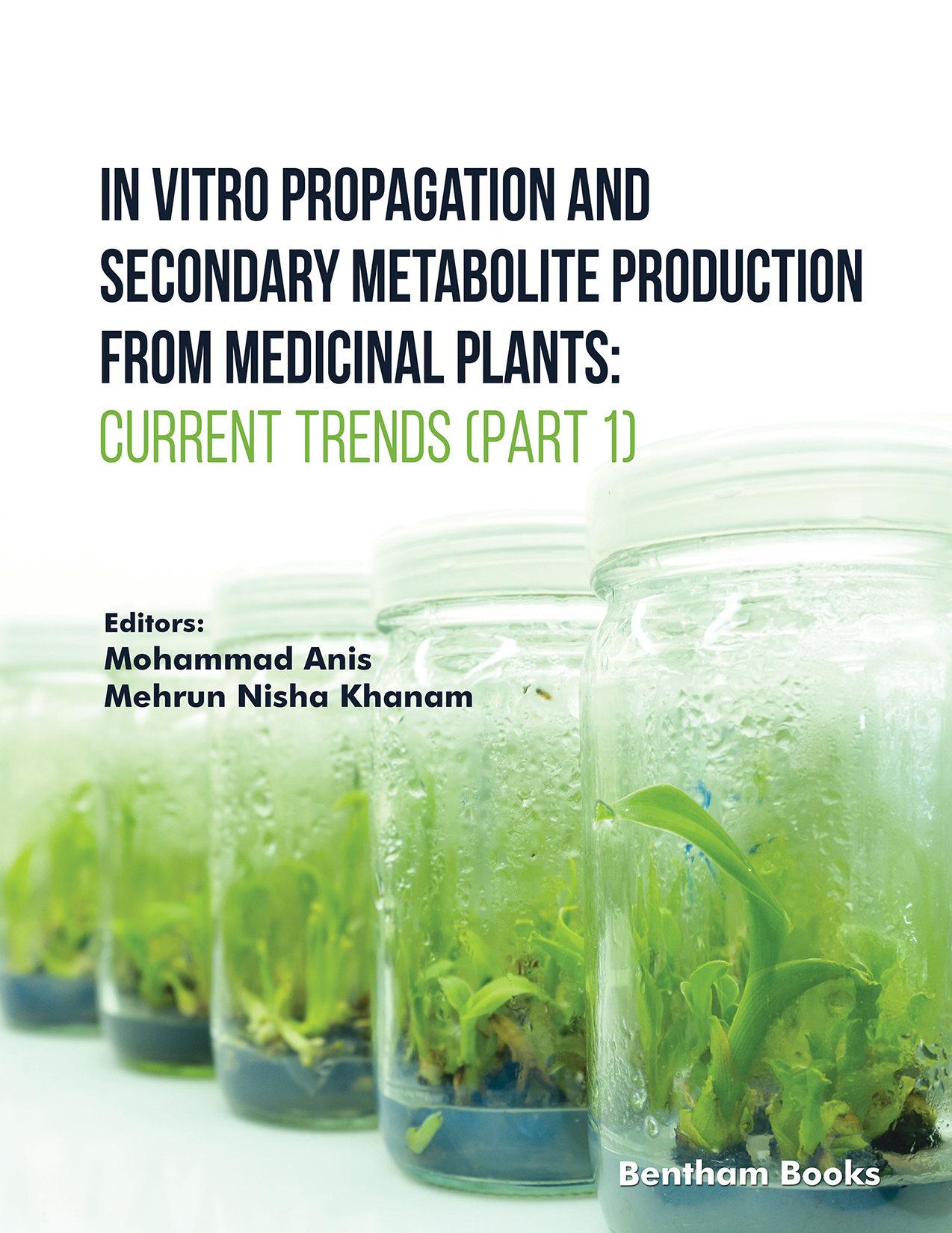Plant tissue culture is one of the most important and useful areas of plant biotechnology, having both fundamental and applied significance. Secondary metabolites hold the key to many medicinal properties present in plants, which thus makes their production a commercial prospect. Optimization of various factors responsible for enhanced cell growth and production of secondary metabolites has become a pre-requisite for the use of bioreactors commercially. Plant cell culture provides a viable alternative over whole plant cultivation for the production of secondary metabolites. The discovery that these metabolites could be extracted from callus came at a time when there was a concern about dwindling plant resources. Continuous callus is used from such medicinal plants, and there would be no need to use field-grown plants to obtain secondary metabolites.
There are fluctuations in the concentrations and quantities of secondary metabolites in field-grown plants as the biosynthesis of secondary metabolites, although controlled genetically, is affected strongly by environmental influence. Moreover, very little is known about the biotransformation that takes place once the crop is harvested. To overcome these limitations biotechnologist suggested the use of plant cell and tissue culture rather than to use whole plants for the extraction of certain secondary metabolites. Plant tissue culture may very well contain metabolic pathways that have been modified and/or abbreviated from that of the plant. The impact of rapid climate changes may also have an adverse effect on wild plant species leading to the loss of useful genetic material.
In vitro cell culture and controlled environment production systems offer excellent opportunities for the selection and seasonal independent propagation of elite lines with specific, consistent levels of medicinal metabolites with minimum contamination. Additionally, the plant materials produced by
in vitro techniques allow efficient application of emerging analytical methods. The impact of these techniques perhaps may be greatest in the improvement of medicinal plants since the resulting genetic diversity may open avenues for the discovery of new medicinal metabolites and treatments.
The continued rise in consumer demand or plant-based medicines and the expanding world population have resulted in the indiscriminate harvest of wild species of medicinal plants. The impact of rapid climate changes may also have an adverse effect on wild plant species leading to the loss of useful genetic material.
The biomass is majorly obtained through conventional methods, which pose quality issues mainly due to poor seed germination, low viability of the seeds and mainly because of environmental factors. Therefore, there is a great need to develop alternative and stable approaches by using different biotechnological approaches like cell, tissue and organ culture, which are independent of all the environmental variations and obtain uniform biomass of high quality for pharmaceutical purposes. During the last 2 decades, a large number of
in vitro propagation procedures through direct and indirect organogenesis, somatic embryogenesis and also using synthetic seeds have been developed for the conservation aspects.
Several attempts have been made to optimize the protocol for the production of biomolecules using tissue culture and also through hairy root culture (
Agrobacterium rhizogenes mediated transformation). These cultural techniques can be achieved by monitoring environmental conditions like media optimization, physical conditions, use of biotic and abiotic elicitors,
etc., where improved production of secondary metabolites for commercial scale can be achieved. With the significant information on gene regulation and the key enzymatic steps involved in the biosynthetic pathways, modulation in the production of bioactive content can be achieved to the levels required for the pharmaceutical industry. The present book will provide a comprehensive report on the research carried out in the area and will emphasize the future prospects that can be considered for the production of secondary metabolites or the development of elite germplasm with higher contents of secondary metabolites, which would benefit the mankind in an endurable way.
The purpose of this book is to provide important, state-of-the-art findings on secondary metabolite production in valuable medicinal plants. We are extremely grateful to all the contributors who warmly welcomed our invitation and agreed to contribute chapters to embellish information on the subject, thus helping in this endeavor. We also appreciate their patience and cooperation in meeting deadlines and revising their manuscripts when required. We would also like to place on record our sincere thanks to Mr. Zohaib Siddiqui for preparing the layout of the contents. As usual, my wife, Humera Anis, provided much needed morale support, and granddaughter, Haniya, provided moments of joy during a bit tiring and monotonous work.
The editors also like to acknowledge the support received from the publisher Bentham Science, Singapore.
Mohammad Anis
Plant Biotechnology Laboratory
Department of Botany
Aligarh Muslim University
Aligarh-202-002, India
&
Mehrun Nisha Khanam
Plant Biotechnology Laboratory
Department of Botany
Aligarh Muslim University
Aligarh-202-002, India
/
University Centre for Research & Development
Chandigarh University
Mohali-140-413
Punjab, India

